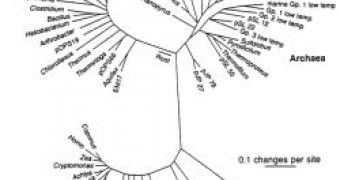Scientists at Texas Tech University argue that defining mammalian species based on genetics will result in the recognition of many more species than previously thought present. This has profound implications for our knowledge of biodiversity and issues based on it, such as conservation, ecology, and understanding evolution. Their study is published in the latest Journal of Mammalogy.
The classical definition of species was proposed by Ernst Mayr in 1942, defining it as reproductively isolated groups of organisms. According to this study, the problem with applying this concept is that it is hard to observe mating and to know whether there is interbreeding between populations and thus creation of hybrid species. Traditionally, species have been recognized based on physical characteristics, although it has been assumed that species differences are inherited and thereby reflect genetic differences.
Study researchers Robert Baker and Robert Bradley define "species" based on genetic data. The new definition distinguishes species that are genetically isolated from one another. Baker and Bradley's genetic species concept also differs from the phylogenetic species concept proposed by Joel Cracraft in 1989 by emphasizing genetic isolation and protection of the integrity of the gene pool.
New molecular techniques for sequencing genes provide far greater resolution than was previously available. They also allow researchers to quantify problems in understanding the process of speciation. Using genetic data, it is now possible to distinguish species that are morphologically similar-those known as cryptic species. It is also possible to identify species that hybridize but have gene pools that are protected from one another.
The result of using genetic data is that species can be identified that cannot be distinguished using other methods. Baker and Bradley point out that this means there are doubtless many more species than previously thought. They hypothesize that there are 2,000 more mammalian species than are currently recognized. According to the authors, this means that we will need to rethink the nature of speciation in mammals, barriers that evolve to produce genetic isolation between species, and how diverse mammals are, as well as other species-based issues such as those relating to conservation and zoonoses, communicable diseases from animals to humans.
To read the entire study, click here: http://www.allenpress.com.

 14 DAY TRIAL //
14 DAY TRIAL //